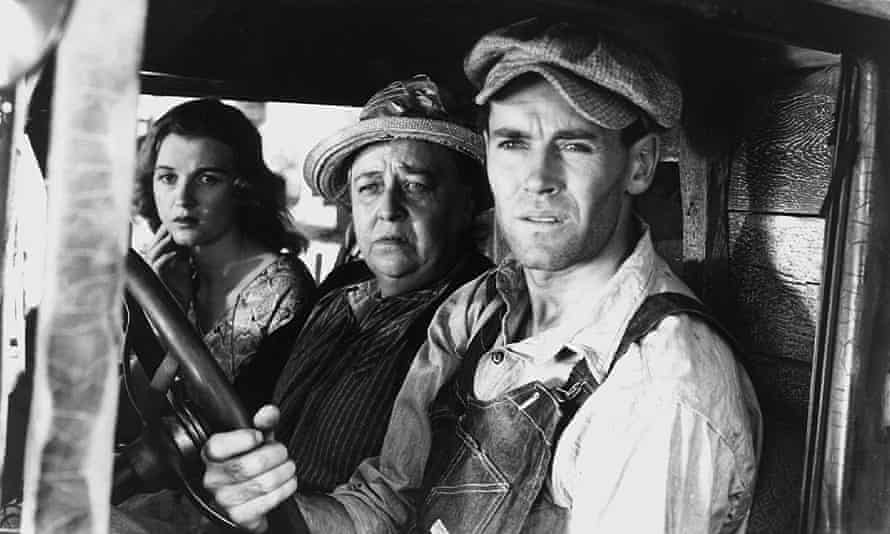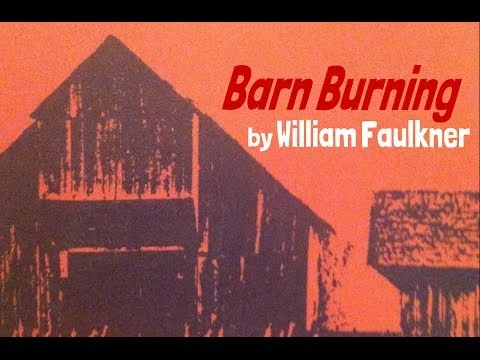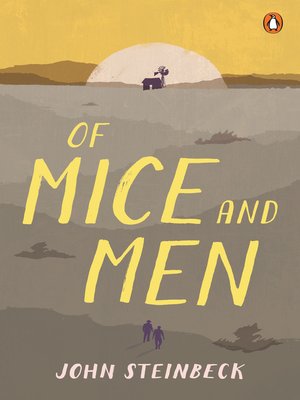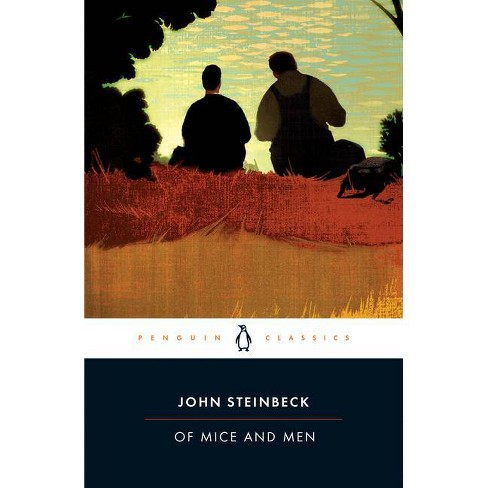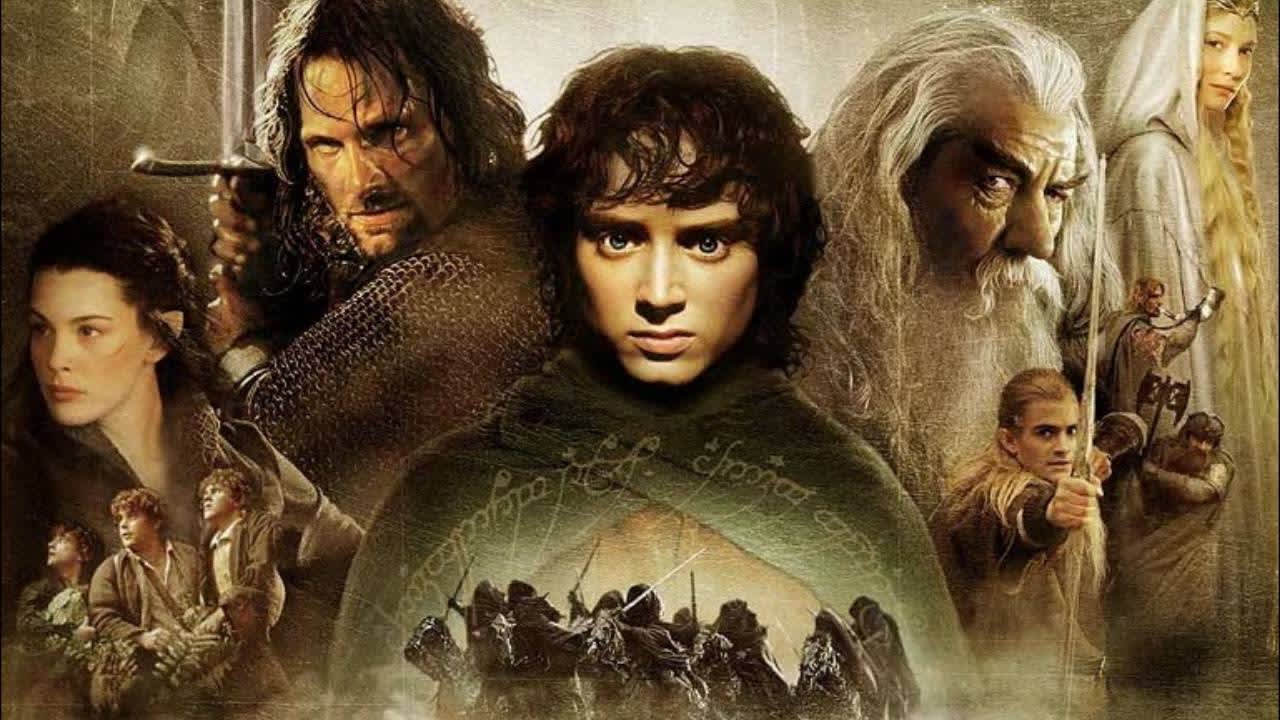Review of In Dubious Battle by John Steinbeck
Author John Steinbeck is known for his "labor trilogy" books, Of Mice and Men, The Grapes of Wrath, and In Dubious Battle. While I did not enjoy The Grapes of Wrath as much as I wanted to, I enjoyed reading In Dubious Battle. This is the book that I thought The Grapes of Wrath would be, and it's the story that I wanted to read. The book is about the party organizers workers that want to unionize the labor workers on the farms. The main two characters are Mac and Jim Nolan.
The novel starts with Jim applying to be a part of the communist labor party organization. He then teams up with Mac, and they travel to Torgas valley. In the country, they try to get the labor workers to strike for higher wages. Most of the story takes place on a farm, where the strikers are allowed to set up camp. The whole story is about the workers' struggle to strike and fight for a fair working wage.
The book gets its title from John Milton's Paradise Lost. The quote is, "That durst dislike his reign, and, me preferring, His utmost power with adverse power opposed, In dubious battle on the plains of Heaven" (Milton). Steinbeck also references Milton's work by setting the novel in an apple orchard, symbolizing the garden of Eden. The Torgas Valley represents the figures of good and evil battling in Heaven (enotes.com).
A common theme in many of Steinbeck's works is the social injustice of migrant workers during the Great Depression. Steinbeck deals with the notion of a group of men banding together versus the individuality of men (enotes.com). Throughout the novel, Mac is constantly saying that if they could only rally the men together, changes can be made. At first, they have a hard time unifying the workers, but through some encounters with the local law enforcement, the men learn to work together. Unfortunately, the things that motivate the men the most are the deaths of key players fighting for organized workers. In the end, Jim dies when he was willing to dedicate the rest of his life to the cause. It's implied that his death will fuel the strike and could be the catalyst to winning the strike.
While the story is relatively simple, it's the characters that kept my interest. Some characters are similar to characters from The Grapes of Wrath, such as Jim, who could be almost a continued evolution of the character Tom Joad, jr., as well as Jim Casey. The main female character in this book, Lisa London, is reminiscent of Rose of Sharon from The Grapes of Wrath. She's a young, naïve mother that isn't happy with her situation but doesn't know what she can do to help. In the end, she connects with Jim and finds her place in the organization.
This is the book that I wanted The Grapes of Wrath to be, exploring the labor organization and the lives of migrant workers. It's not as long as The Grapes of Wrath, which helps with its concise story. The characters are well motivated, and the philosophical battle of how workers and men should be treated is a topic that is relevant to this day. Overall, I enjoyed this book much more than I expected, and it has become my second favorite novel/novella by Steinbeck. But will it say that way? I still have to review The Red Pony and Cannery Row, so come back for those reviews in the following weeks. Make sure to comment below. Thank you!
Works Cited
Sparknotes.com (2021), https://www.sparknotes.com/lit/In-Dubious-Battle/
enotes.com (2021), https://www.enotes.com/topics/dubious-battle/themes#, https://www.enotes.com/topics/dubious-battle/in-depth#
Milton, John. 1608-1674. Paradise Lost. London ; New York :Penguin Books, 2000.







